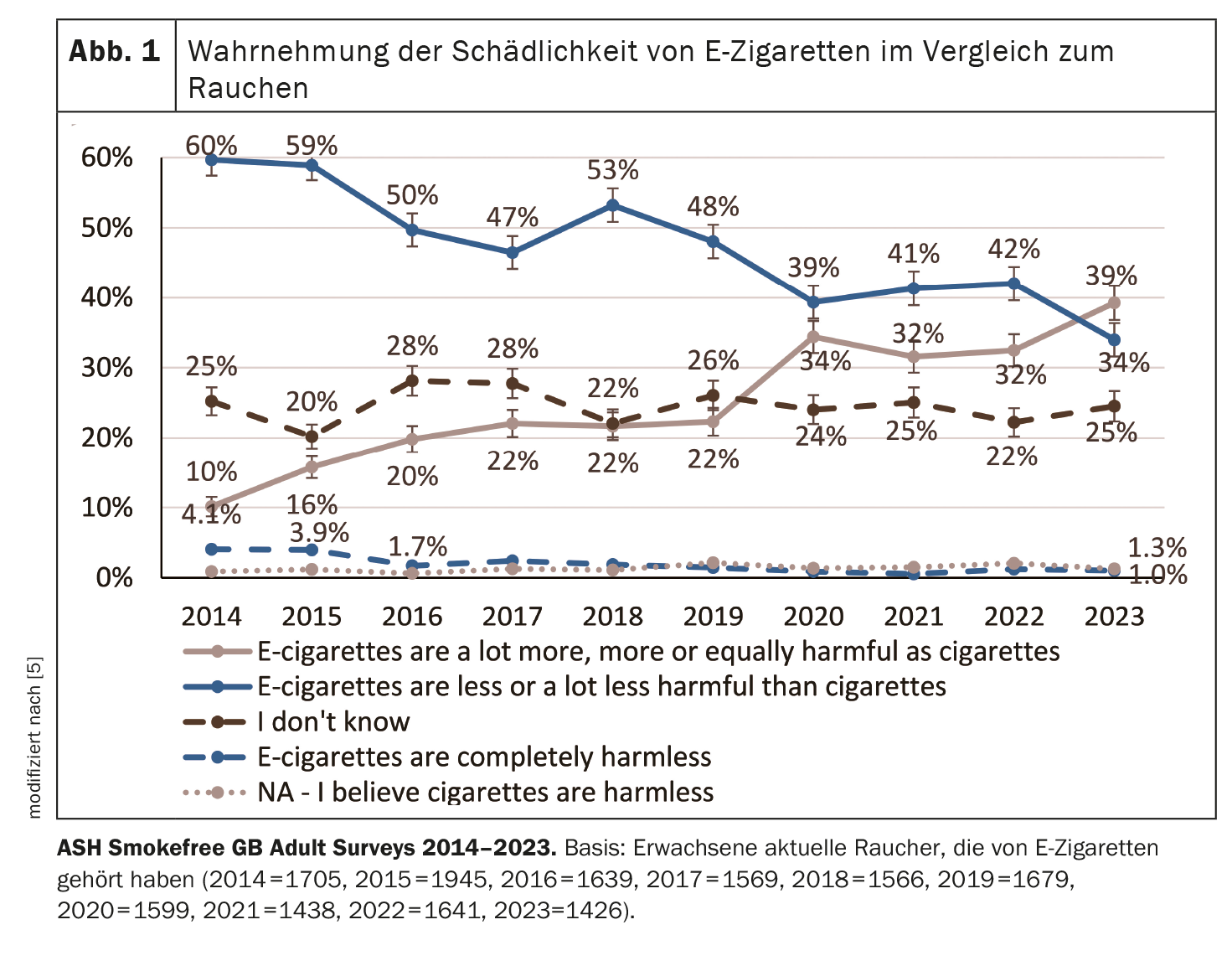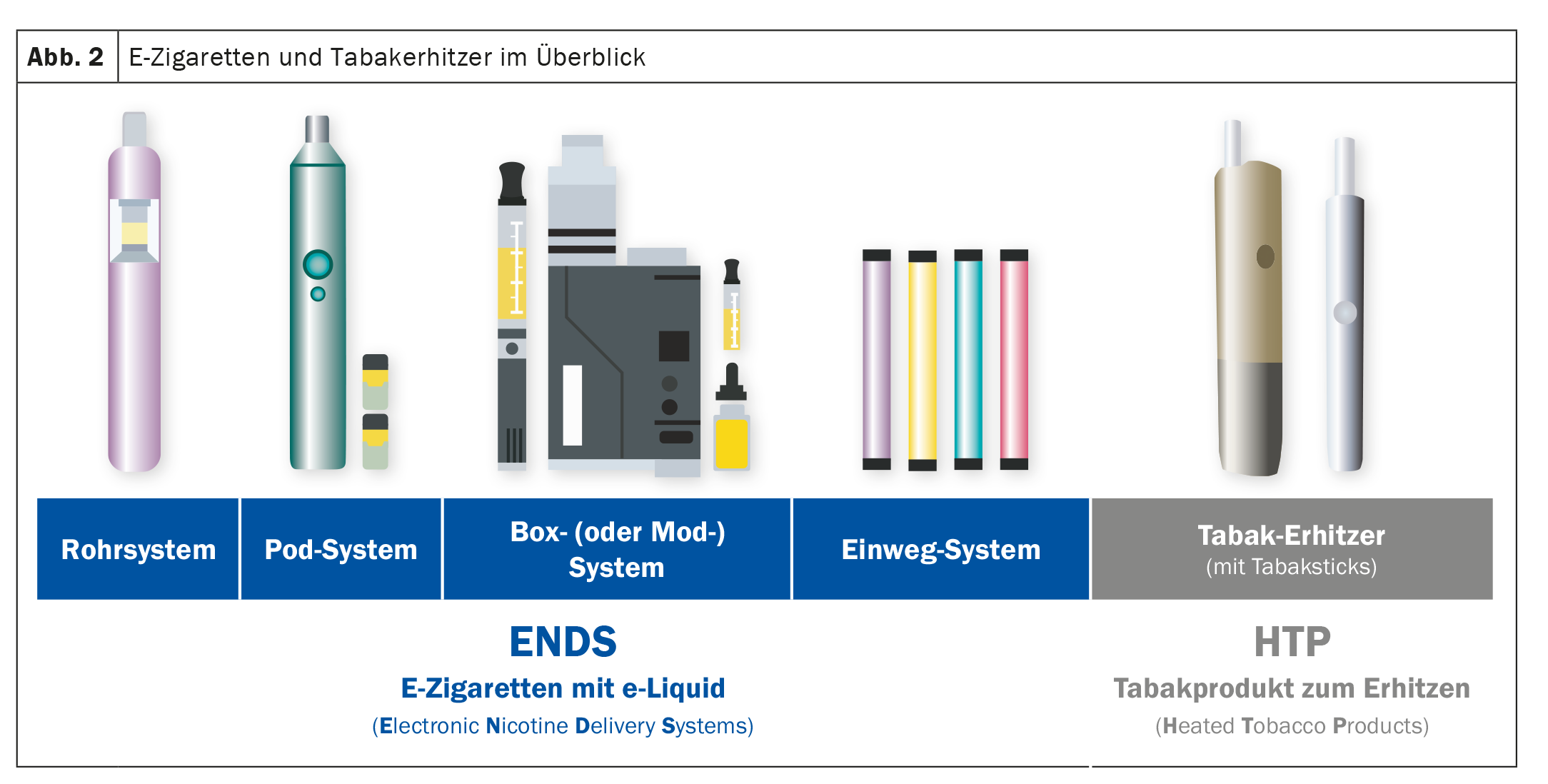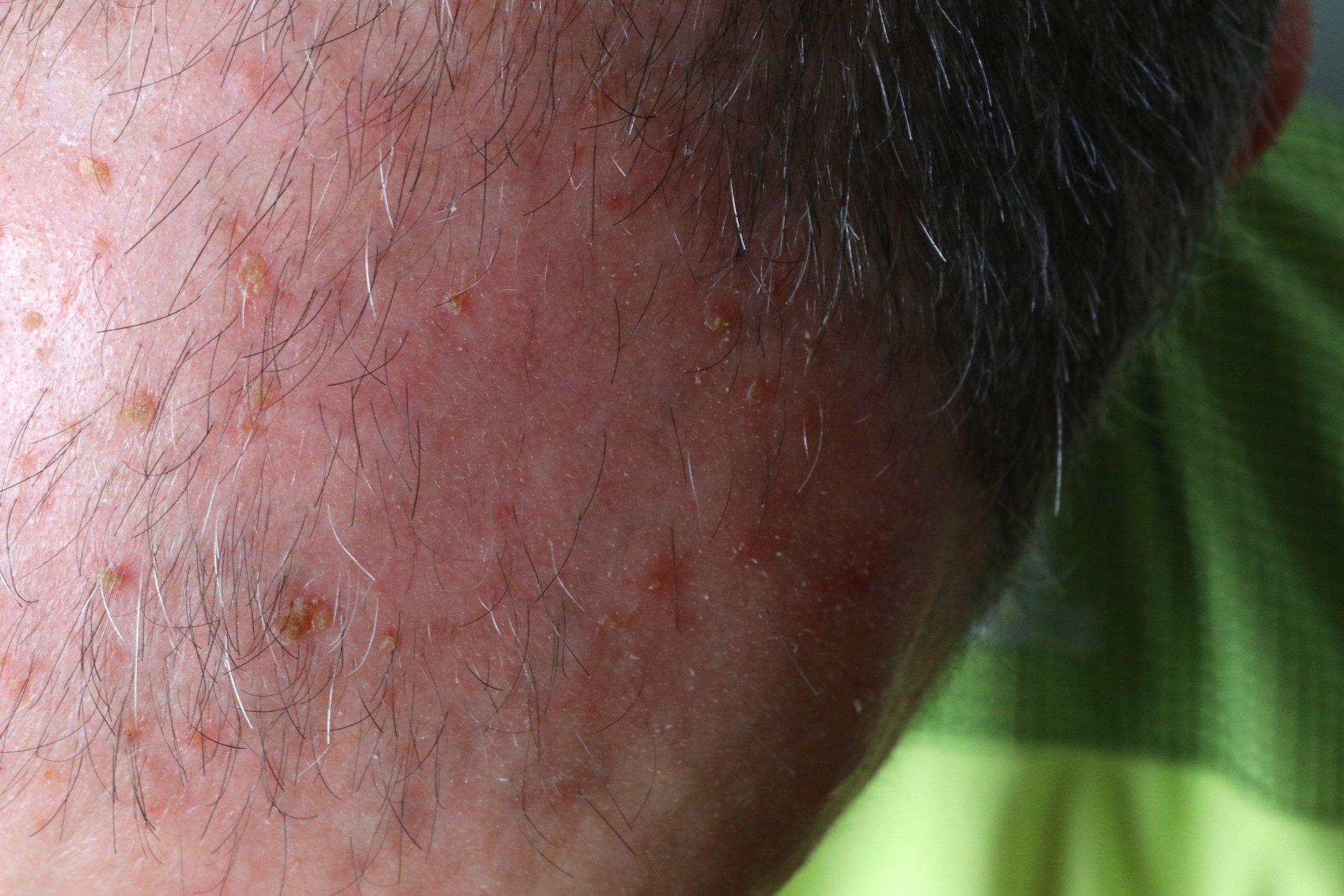The damage that smoking and flammable products can cause to health is now well known. Accordingly, efforts have been made for decades to reduce the risks through smoking cessation – rather less successfully. The emergence of e-cigarettes and new types of nicotine products did the rest, leading to clear divisions in both science and politics. Scientists at the E-Cigarette Summit 2023 summarized the current state of affairs.
More than 1.5 million people – around a quarter of the Swiss population – aged 15 and over smoke, although the health risks are well known [1]. The majority of smokers (67.6%) start before the age of 20 and almost as many (59.1%) want to kick the habit later [1]. But this is easier wished for than realized. Over 50 years ago, people began to question the then socially accepted habit of smoking. The scientific findings regarding the possible health-impairing consequences were made public. However, the first restrictions were introduced much earlier, as Prof. Sanjay Agrawal, Leicster (UK), pointed out. In the 17th century, King James imposed a 4000% tax on the sale of tobacco, as he considered it to be a “substance loathsome to the eye, hateful to the nose, harmful to the brain, [und] dangerous to the lungs” [2].
In 2019, tobacco consumption was responsible for 8.71 million deaths worldwide, making it the second highest risk factor in level 2 [3]. Harm reduction is discussed as a way of reducing this risk. This term covers methods, programs and practices designed to reduce the individual and social harm caused by the use of legal and illegal drugs by people who are unable or unwilling to stop using them. The main features of the harm reduction approach are aimed at preventing the health damage caused by consumption – as opposed to preventing consumption per se [4]. In the case of tobacco consumption, harm reduction is aimed at switching from cigarettes to potentially less harmful products. One option is e-cigarettes. The expert showed the perception of the harmfulness of e-cigarettes compared to conventional cigarettes among adults in the UK (Fig. 1) [5]. This clearly illustrates the discrepancy in society and the complexity of the problem.
Are e-cigarettes tempting young people to smoke?
The new, alternative nicotine products, such as e-cigarettes or tobacco heaters, are surrounded by many assumptions and myths – and very few facts. Dr. Jamie Hartmann-Boyce, Massachusetts (USA), pointed out that it is basically possible for these to act as an introduction to smoking, a distraction from smoking or a way of quitting smoking. Which option prevails is currently being analyzed in several studies. For example, a Cochrane Review assesses the association between the use and availability of e-cigarettes and subsequent cigarette smoking in young people (aged up to 29 years) and investigates whether this association differs according to socioeconomic status, gender or other demographic characteristics [6]. According to the expert, an initial data analysis will be published soon.
Prof. Peter Hajek, London (UK), dealt with another Cochrane Review. The focus was on the question of whether vaping is an effective and safe means of smoking cessation [7]. The interesting thing about this review is that it is a “living systematic review” and is constantly revised as new findings become available. The last update was carried out in October 2023, in which 10 further studies with over 27,000 participants were added. This data had not yet been published at the time of the presentation. However, the expert confirmed that the conclusions have not changed in the updated version. These state that e-cigarette users can be effectively supported in quitting and are more effective than products such as patches or inhalers. However, you should bear in mind that when switching to e-cigarettes, quitting does not happen overnight – around 80% continue to use e-cigarettes after a year. However, a third of them use nicotine-free e-cigarettes. In addition, no serious risks were identified for consumption of up to two years. It is assumed that long-term use of alternative nicotine products could entail certain risks, but these are only a small proportion of the risks associated with conventional smoking.
Casting out devils with Beelzebub?
However, the perception in society is quite different, as Dr. Sarah Jackson, London (UK), added. Most people consider e-cigarettes to be just as harmful or even more harmful than conventional cigarettes. The media and public health organizations seem to play a particularly important role in maintaining this belief. There is an opportunity to counter misconceptions through widespread public health information campaigns. However, these must be carefully planned and implemented in a structured manner, the expert emphasized. This is because it was proven back in 2015 – and has since been confirmed in further studies – that although vaping is not 100% harmless to health, most of the chemicals that cause smoking-related illnesses are absent [8]. Alternative nicotine products appear to be 95% less harmful than conventional cigarettes.
E-cigarette or tobacco heater?
The strict restrictions on e-cigarettes have led some users to switch to other products such as tobacco heaters. While both are battery-powered, generate an aerosol and produce no ash, there are also differences between the products, whose names are often used interchangeably (Fig. 2). As Prof. Lion Shehab, London (UK), explained, the most important difference is that e-cigarettes vaporize so-called liquids, which are flavoured and contain only the nicotine extracted from the tobacco plant. Tobacco heaters (HTP), also known as “heat-not-burn” products, on the other hand, use specially prepared tobacco that is heated directly rather than burned to generate an aerosol. A patented heating system heats the tobacco to a precisely controlled temperature range of up to 350°C maximum. This temperature is well below the range of combustion. At higher temperatures of 600-900°C, however, both the tobacco and the additives of the normal cigarette burn. This produces the typical tobacco smoke composition of water, nicotine and numerous harmful components. These include carbon monoxide, formaldehyde, acetaldehyde, acrolein, benzene, benzopyrenes and butanones [9]. The FDA therefore classified IQOS as a “modified risk tobacco product” (MRTP) in 2020. So what differentiates HTP use compared to e-cigarettes in terms of biomarkers, psychopharmacological correlates and behavior? Based on several study results, the expert explained, among other things, that a significant reduction was observed for all biomarkers compared to cigarettes. This has been proven for volatile organic compounds, polycyclic aromatic hydrocarbons, nitrosamines and carbon monoxide. With regard to acute effects, equally effective withdrawal relief was observed for HTP and e-cigarettes. However, HTPs came out on top in terms of positive effects, undesirable side effects and satisfaction.
Congress: E-Cigarette Summit 2023
Literature:
- www.suchtschweiz.ch/zahlen-und-fakten/zigaretten-
co/cigarettes-co-consumption (last accessed on 15.12.2023) - https://history.rcplondon.ac.uk/timeline (last accessed on 15.12.2023)
- www.thelancet.com/pb-assets/Lancet/gbd/summaries/risks/tobacco-smoke.pdf (last accessed on 15.12.2023)
- International Harm Reduction Association. What is Harm Reduction? A position statement from the International Harm Reduction Association, London, United Kingdom, German, April 2010. Available at: www.hri.global/files/2010/06/01/Briefing_What_is_HR_German.pdf (last accessed on 15.12.2023)
- https://ash.org.uk/uploads/Headline-results-ASH-Smokefree-GB-adults-and-youth-survey-results-2023.pdf (last accessed on 15.12.2023)
- Hartmann-Boyce J, et al: Electronic cigarettes and subsequent cigarette smoking in young people. Cochrane Database of Systematic Reviews 2022, Issue 3.
- Hartmann-Boyce J, et al: Electronic cigarettes for smoking cessation. Cochrane Database of Systematic Reviews 2022, Issue 11.
- McNeil A, et al: E-cigarettes: an evidence update. A report commissioned by Public Health England 2015. Available at: https://assets.publishing.service.gov.uk/media/5b6c3f57ed915d30f140f822/Ecigarettes_an_evidence_update_A_report_commissioned_by_Public_Health_England_FINAL.pdf (last accessed on 16.12.2023)
- Margham J, McAdam K, Forster M, et al: Chemical Composition of Aerosol from an E-Cigarette: A Quantitative Comparison with Cigarette Smoke. Chem Res Toxicol 2016; 29(10): 1662-1678.
HAUSARZT PRAXIS 2024; 19(1): 42-43 (published on 18.1.24, ahead of print)














